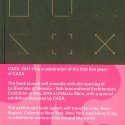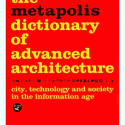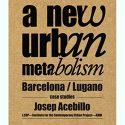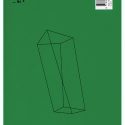Your Cart is empty
Reflections on Light
Coordination: Isabel Valle
Designed by: Folch
‘Reflections on light’ gathers a series of conversations with designers, architects and artists who work with and think about light every day.
Behind any object, especially those concerned with light, there is a clear intention to attempt to improve the quality of life of the user and take care of the space in which the light is found. Light allows us to see our surroundings; as such, looking after light is essential, and it is precisely this that is at the heart of this project.
These interviews focus on the people behind the objects, concentrating on their creative vision and background from which their ideas are born; the importance of the beauty of well-made objects, and how the objects affect our perception of life.













